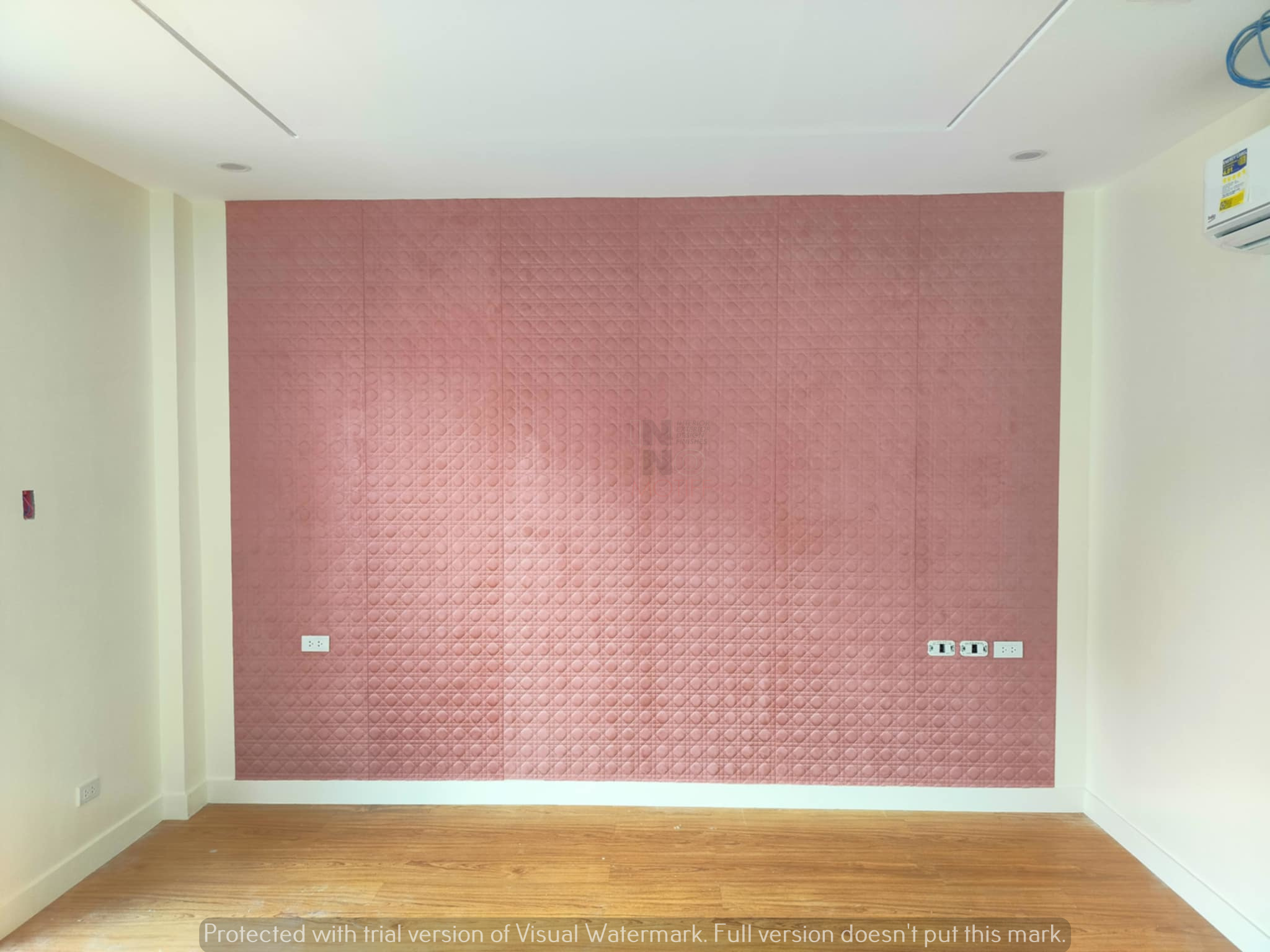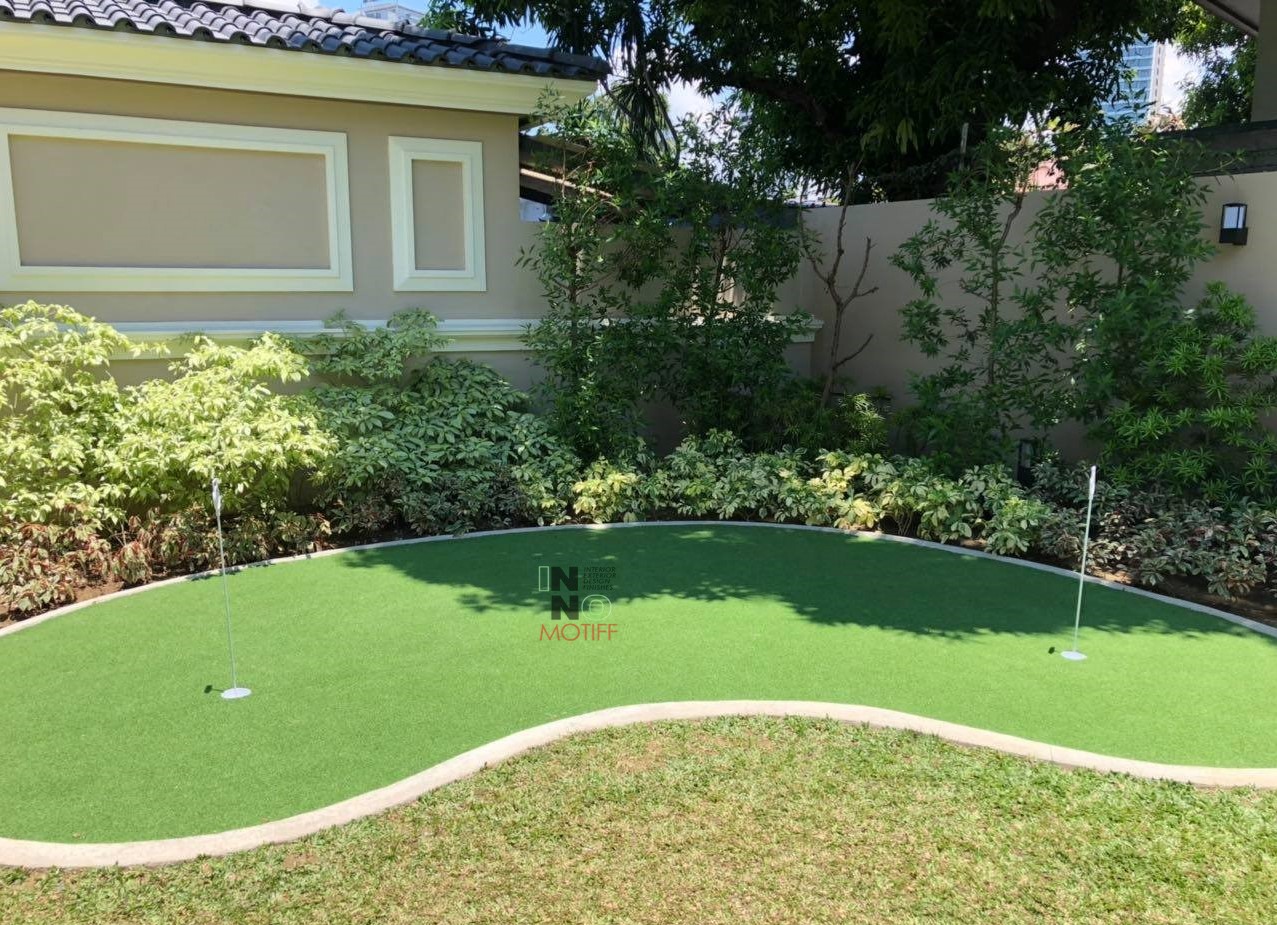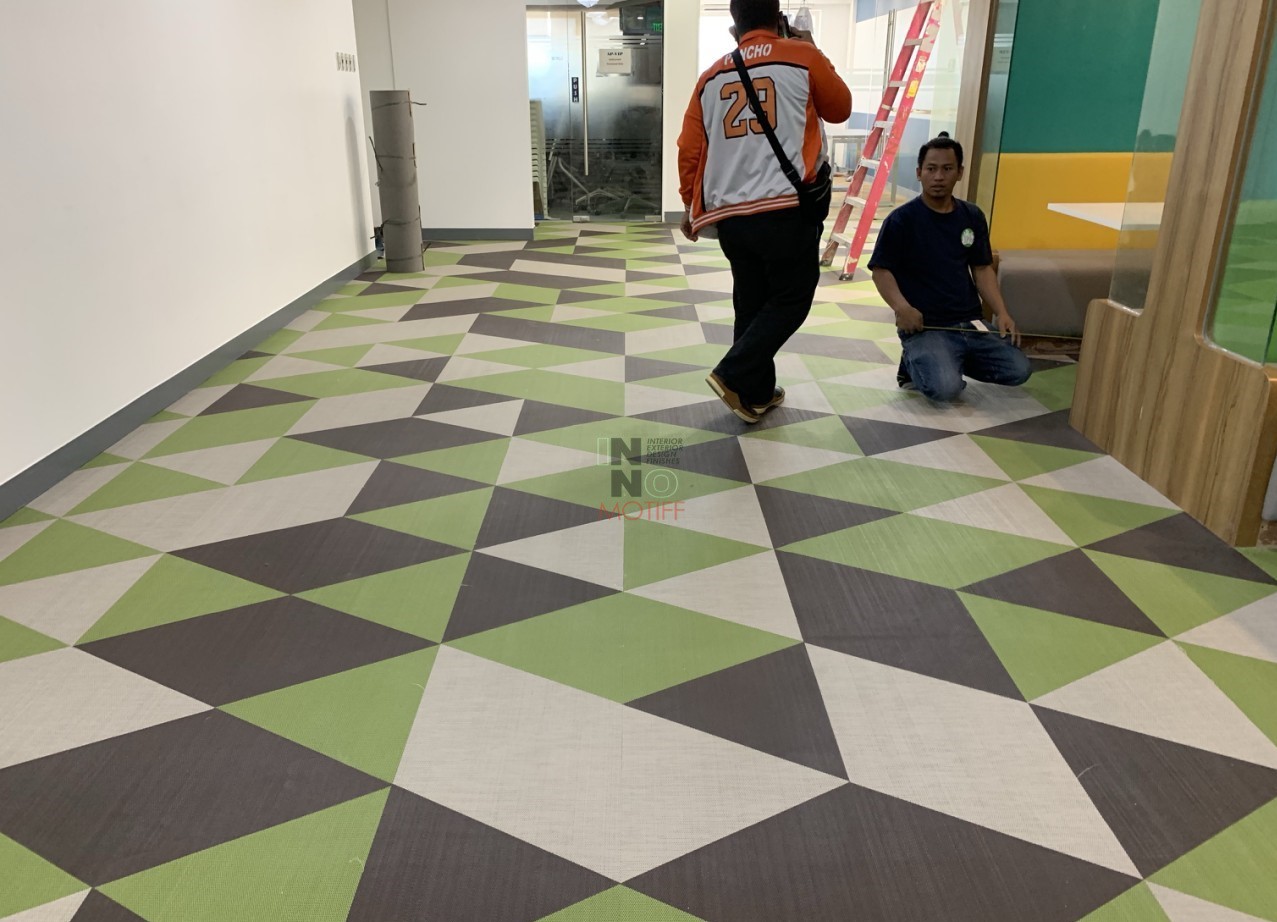Diastasis recti is a condition where the abdominal muscles separate, leading to weakness in the core and affecting how the body moves and functions each day. Many people notice changes in their posture, strength, and ability to perform daily activities, often feeling limited by discomfort or lack of stability. Diastasis recti treatment offers an effective path toward recovery, addressing not just the visible separation but also the deeper impact it has on core stability and overall well-being. For individuals seeking expert guidance, Osteopractic Physical Therapy of Central Indiana provides specialized care designed to restore posture, improve strength, and enhance daily function.
Understanding Diastasis Recti
Diastasis recti occurs when the connective tissue between the left and right abdominal muscles weakens and stretches. This often happens during pregnancy as the growing belly places pressure on the core, but it can also develop from rapid weight changes, heavy lifting without proper form, or repetitive strain. Symptoms may include a visible abdominal bulge, poor core strength, back pain, and difficulty maintaining good posture. Without proper diastasis recti treatment, these issues can worsen and interfere with daily life.
How Diastasis Recti Affects Posture and Strength
When the abdominal wall loses integrity, it compromises posture. Weak core muscles can cause the pelvis to tilt and the lower back to arch excessively, leading to persistent pain and discomfort. This instability often forces other muscles, such as those in the back and hips, to overcompensate, creating imbalances. Simple daily tasks like bending down, lifting groceries, or even sitting upright can become uncomfortable or tiring. Diastasis recti treatment focuses on rebuilding the foundation of the core, helping restore balance and alignment while strengthening muscles for long-term stability.
Benefits of Diastasis Recti Treatment
The benefits of undergoing diastasis recti treatment are significant, both physically and emotionally.
- Improved posture: Targeted therapy strengthens the abdominal wall and supports the spine, reducing strain on the lower back.
- Enhanced strength: With a stronger core, the body functions more efficiently during physical activity and daily movements.
- Better daily function: From standing for long periods to lifting children or carrying items, everyday tasks become easier and less taxing.
- Emotional confidence: Many people regain a sense of control over their body, improving self-esteem and overall quality of life.
At Osteopractic Physical Therapy of Central Indiana, patients experience these benefits through individualized treatment plans that address their unique needs.
Key Treatment Approaches
Effective diastasis recti treatment often combines several approaches to support healing:
- Targeted exercises: Gentle yet powerful movements designed to engage the deep core and pelvic floor muscles help rebuild stability without worsening the separation.
- Manual therapy: Hands-on techniques improve tissue mobility, alignment, and circulation to support recovery.
- Lifestyle adjustments: Learning proper body mechanics, posture habits, and safe breathing techniques prevents further strain on the abdominal wall.
- Professional guidance: Working with specialists ensures exercises are performed correctly and progress is safe.
The team at Osteopractic Physical Therapy of Central Indiana uses these methods together, providing comprehensive solutions that deliver real results.
Tips for Supporting Posture and Function at Home
While professional treatment is essential, adopting supportive habits at home can accelerate progress:
- Perform daily posture checks to ensure shoulders are aligned and the core is gently engaged.
- Incorporate light stretches and breathing exercises to improve mobility and reduce tension.
- Avoid movements that place excess strain on the abdomen, such as heavy twisting or sit-ups.
- Use functional exercises like squats and gentle lifting techniques to strengthen the body during daily routines.
These practices complement formal diastasis recti treatment, helping patients maintain improvements long-term.
When to Seek Professional Help
It is important to seek professional help when symptoms such as persistent back pain, noticeable bulging of the abdomen, or difficulty performing normal activities occur. Without proper guidance, attempts to self-correct may worsen the condition. Engaging in professional diastasis recti treatment ensures safe, effective recovery. For those in Indiana, Osteopractic Physical Therapy of Central Indiana is the best company to engage, offering expert evaluation, personalized care, and proven results.
Takeaway
Diastasis recti can impact posture, strength, and daily function in ways that affect both physical health and confidence. Through professional diastasis recti treatment, individuals can restore core stability, reduce pain, and return to a more active, comfortable lifestyle. With the support of Osteopractic Physical Therapy of Central Indiana, recovery becomes achievable through a combination of expert-guided exercises, manual therapy, and lifestyle strategies. Taking steps toward healing not only improves physical performance but also enhances overall quality of life.
FAQ
Can diastasis recti treatment really improve posture?
Yes, targeted treatment strengthens the abdominal muscles and restores alignment, which directly improves posture and reduces back pain.
How long does it take to regain strength after treatment?
Recovery varies, but with consistent therapy, many people notice improvements in posture and function within a few months.
Is surgery necessary, or can treatment alone restore function?
Most cases can be effectively managed with non-surgical diastasis recti treatment. Surgery is typically only considered for severe or persistent cases.
Can men also develop and benefit from diastasis recti treatment?
Absolutely. While commonly associated with pregnancy, men can develop diastasis recti from weightlifting, obesity, or strain. Treatment benefits both men and women.









